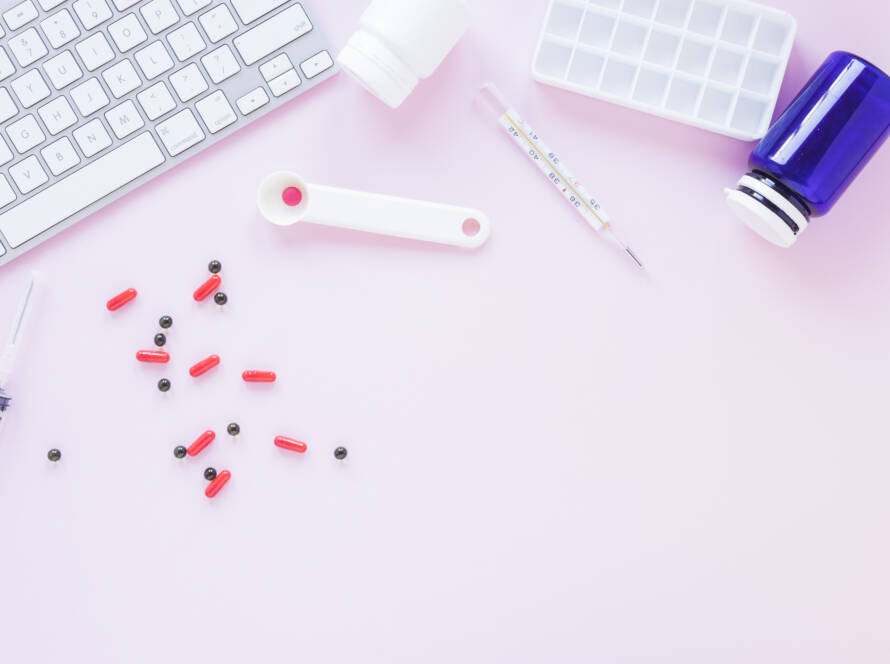India’s pharmaceutical industry is currently valued at approximately US$58 billion, with projections indicating growth to US$120-130 billion by 2030 and US$400-450 billion by 2047. Key factors driving this expansion include the rising prevalence of lifestyle-related diseases, an aging population, increased focus on holistic health and well-being, and the growing consumerization of healthcare.
India hosts the largest number of U.S. FDA-compliant pharmaceutical manufacturing facilities outside the United States. Eight of the world’s top 20 drug company and more than 55 percent of the country’s pharmaceutical exports are directed to highly regulated markets. Additionally, India is the world’s leading vaccine exporter, supplying approximately 65-70 percent of the World Health Organization’s (WHO) vaccine requirements, particularly for DPT, BCG, and measles. The country’s significant role in affordable HIV treatment further reinforces its position as a key global pharmaceutical supplier.
India produces 60,000 generic brands across 60 therapeutic categories, accounting for 20 percent of the global generics supply. Major investors in the Indian pharmaceutical sector include AstraZeneca, Dr. Reddy’s, GSK, Divi’s, Zydus, Novartis, Pfizer, Sun Pharma, Teva, Mylan, and Johnson & Johnson.
Furthermore, India is the second-largest contributor to the global biotech and pharmaceutical workforce, highlighting its critical role in the industry’s future growth and innovation.
PLI schemes
In 2020, India announced the Production Linked Incentive (PLI) Scheme for Promotion of Domestic Manufacturing of critical Key Starting Materials (KSMs)/ Drug Intermediates and Active Pharmaceutical Ingredients (APIs), the Scheme on Promotion of Bulk Drug Parks, and the PLI Scheme for Promoting Domestic Manufacturing of Medical Devices.
For a list of applicants approved under the respective pharmaceutical industry PLI schemes, see the official links here:
- Promotion of Domestic Manufacturing of Critical Key Starting Materials (KSMs) / Drug Intermediates (DIs)/ Active Pharmaceutical Ingredients (APIs) in India – PLI Bulk Drugs – as on November 6, 2023.
- Promoting Domestic Manufacturing of Medical Devices – as on November 25, 2024.
In terms of their impact, the PLI schemes are enhancing India’s pharmaceutical and medical device manufacturing capabilities. Exports now constitute 50 percent of total production, reflecting strengthened global competitiveness. India’s dependence on imports has decreased with the domestic production of key bulk drugs such as Penicillin G. Furthermore, technology transfers from global companies have facilitated the local manufacturing of advanced medical devices, including CT scanners and MRI machines, reinforcing India’s potential to become a hub for high-value healthcare innovation.
Export performance
In 2023-24, the U.S., UK, and South Africa were among the largest importers of Indian pharmaceutical products, accounting for 31.35 percent, 2.82 percent, and 2.58 percent of total exports, respectively. India’s pharma exports in FY24 stood at US$8.73 billion to the U.S., US$784.32 million to the UK, US$718.54 million to South Africa, US$699.16 million to the Netherlands, and US$667.49 million to France.
FDI inflow
The cumulative FDI equity inflow into the drugs and pharmaceuticals industry in India from April 2000 to September 2024 was US$23,048 million, accounting for 3 percent of the total FDI inflow across all sectors.
|
Financial year |
FDI inflow |
|
FY 2018-19 |
US$266 million |
|
FY 2019-20 |
US$518 million |
|
FY 2020-21 |
US$1,490 million |
|
FY 2021-22 |
US$1,414 million |
|
FY 2022-23 |
US$2,058 million |
|
FY 2023-24 |
US$1,064 million |
|
FY 2025 (April-September 2024) |
US$520 million |


